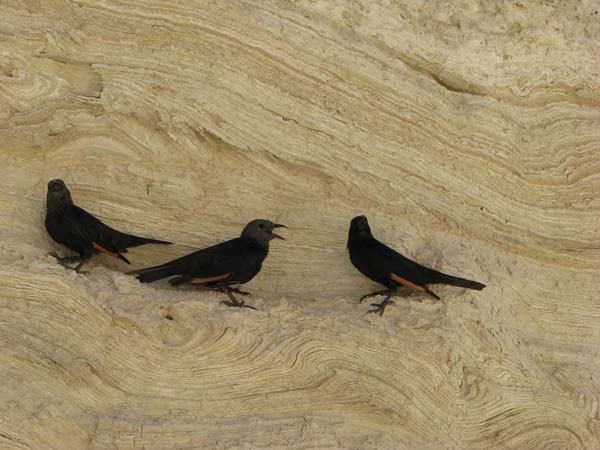Soft sediment deformation in Lake Lisan deposits near the Dead Sea
Partner: Ian Alsop, University of Aberdeen, Scotland
We have conducted a systematic study on several exposures of deformed beds in the Lisan Formation near the western shores of the Dead Sea in order to understand the mechanism of folding.
Sediments of Lake Lisan, called Lisan Formation, are exposed along a 220-km length of the Dead Sea Transform, from Lake Kinneret (Sea of Galilee) in the north to the Arava Valley in the south. The Lisan Formation, deposited from about 70 ka until 15 ka, consists of alternating laminae of white aragonite and dark detritus. The white laminae are composed of aragonite; the detrital material contains fine-grained calcite, dolomite, aragonite, quartz, and clays. Both types of laminae are up to a few millimeters thick. The paired laminae were interpreted as seasonal precipitates (varves): the aragonite is authigenic, possibly annual summer precipitate of Lake Lisan, whereas the dark laminae are detrital flood input into the lake during winter storms.
Panoramic view of the study area
